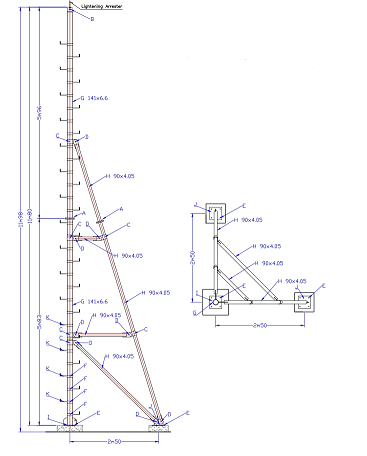Ayando
Structural
- May 20, 2015
- 11
Any Idea on how to design rooftop poles for Telecommunication Equipment
Follow along with the video below to see how to install our site as a web app on your home screen.
Note: This feature may not be available in some browsers.


